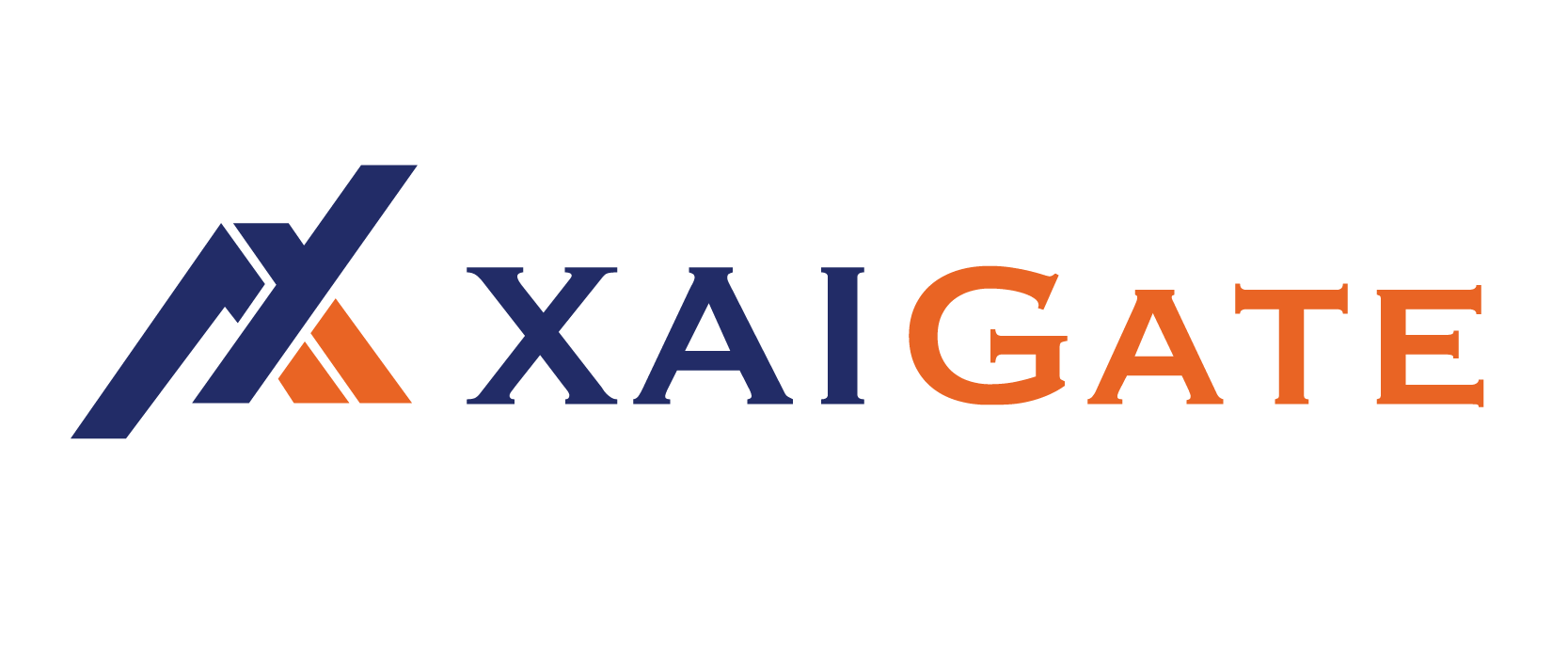Contents
BACKGROUND
Given the volatility of Bitcoin, predicting the future of this cryptocurrency is speculative, and it is believed that this is a pivotal moment for Bitcoin to make a major turn. The significant rise or fall in the price of this cryptocurrency is largely due to the impact of technology organizations – increasingly developing software features to maximize the usefulness of cryptocurrencies, national laws, and technology. According to a report by Statistic, the market for payments using cryptocurrencies will grow up to 17% annually by 2023. That is a significant number. Furthermore, Global Market Insight has valued this market at 1.2 billion USD, with a growth rate of 15% annually.
Approximately 560 million people utilize cryptocurrency worldwide at the moment, with 327 million of those users being in Asia. This is a large market, particularly for business owners who intend to go global. Including a cryptocurrency-based service that allows customers to pay can differentiate your company from rivals.
Cryptocurrencies offer both buyers and sellers, or users in general, some undeniable advantages. Some businesses are quick to embrace this convenience and are very active in setting up infrastructure to accommodate digital transactions, or partnering with payment gateways to maximize the business’s bottom line by leveraging technology and accepting cryptocurrency payments.
In fact, it is not possible to predict exactly how the future of cryptocurrency will develop because it depends a lot on changes in regulations, user acceptance, and improvements in technology.
Attraction: To attract more investors, the payment process must be transparent. Although today, software developers and payment organizations have been building payment processes using cryptocurrencies, investors are also very hesitant due to the lack of legal framework and acceptance from country governments.
Institutional Adoption: More transparent regulations will make large-scale institutional investment possible. Consequently, the market will receive a substantial infusion of liquidity, which could lead to price stabilization.
Central Bank Digital Currencies (CBDCs): These are governments’ uses of blockchain technology, but they are not cryptocurrencies in and of themselves. As a result, the public may become more familiar with digital assets, which could increase their openness to cryptocurrencies.
DeFi Expansion: Decentralized Finance will keep expanding and provide financial services like lending, borrowing, and staking without requiring permission. Cross-chain bridges and other innovations will increase DeFi’s efficiency and accessibility.
Sustainability: Will the innovation of cryptocurrency strongly address the environmental and renewable energy issues in the process of exploiting the function of bitcoin?
AI is now quite popular and is a supporting tool when integrated into the cryptocurrency revolution. It helps traders make transactions more safely and securely and helps investors manage their investment portfolios more effectively. These are steps that open up an era of cryptocurrency.
Blockchain will be widely and diversely used in areas outside of finance such as supply chains.
Learn more: https://www.xaigate.com/crypto-payment-gateway-wordpress-woocommerce/
TRENDS AND WHAT SHAPE THE FUTURE OF PAYMENT SECTOR
The market capitalization of cryptocurrencies is currently above $3 trillion and is expected to increase at a quicker rate in the years to come. Businesses need to be crypto-friendly to remain competitive as more people use cryptocurrencies. Technology will advance as more companies begin accepting cryptocurrency payments. The advancement of blockchain and crypto technology is expected to make payment gateways faster, safer, and more user-friendly.
Checking whether cryptocurrencies are supported is the first step in selecting your company’s best cryptocurrency payment gateway 2025. A gateway can attract a sizable clientele by supporting well-known choices like Bitcoin, Ethereum, and stable coins. The gateway should also support new blockchain currencies and technology that could help your sector.
One of the attractive features of a payment gateway is the ability to make payments in multiple currencies.. Security is critical, so make sure the gateway offers strong encryption and fraud protection and follows global regulations to keep transactions safely.
Transaction fees are also something businesses are concerned about and should take note of. These fees are built on each business’s budget and contribute to market competition as merchants choose a WooCommerce Crypto Payment Gateway for WordPress.
Nowadays, many software developers create more unique features to reach the diversity of the user’s demands when using payment gateways and allowing crypto payments. With customized solutions, businesses are completely proactive in enhancing their own brand by connecting with reputable software systems, and also allowing businesses to have full control over data and complete security of user information.
According to PwC’s report, six macro trends impacting the future of payments including inclusion and trust, Digital currency, Digital wallets and blooming super-apps, Battle of the rails, Cross-border payments, Finance crimes.
According to Mckinsey’s report, there are some ways to reshape the payment, such as:
- E-wallets will take the lead, and account-to-account transfers will advance significantly
- Changes in industrial structure and consolidation Cross-value chain integration
- The rise of experts in payments International and local collaborations
- Cross-border connections Quickening bilateral agreements for real-time payments. Growth of online money-transfer businesses B2B alternatives are widely available.
- Connected commerce revenue opportunity beyond payments. Digitizing long tail of merchants Lower merchant discount rates, faster settlements Revenue shift from issuers to acquirers
Merchants increasingly want payment service providers to help them manage and grow their businesses. However, there are still some challenges such as:
- Volatility: such as war, conflict, changes in law can also significantly disrupt the market and cause price fluctuations;
- Scalability: Blockchain networks and other cryptocurrencies still have high transaction fees and long processing times, which limits scalability;
- Regulation: Laws that slow down the rapid growth of cryptocurrencies will hinder innovation and spur new initiatives in the future;
- Environmental concerns: To ensure sustainability, cryptocurrency mining may be subject to monitor and may be ban;
- Usability: DeFi platforms and cryptocurrency wallets might be difficult for regular consumers to understand. The user experience must be improved for broader acceptance.
POTENTIAL IDEAS
- Merchant services, including subscription management and onboarding;
- Integration platforms that link merchants to various ecosystems (e.g., Doordash, Instacart);
- Online marketplace payout solutions; and consumer payment boosters that sit on top of credit card payments
WHAT YOU WOULD NEED TO BELIEVE
The volume of online marketplaces will continue to rise as SMEs move online. Analytics will play a bigger role in payments. Value-added services can reach an existing user base. New ecosystems are sticky even after crises and will be a differentiating feature for the merchant. Sellers will continue to migrate online and value digital-specific functionality that aids in migration as a differentiating feature.
CONCLUSION
Overall, technological advancements and the lessons learned in practice which might be brought about by cryptocurrencies would drive major advancements in the upcoming years. . However, the potential for cryptocurrencies remains uncertain due to market volatility and other factors.
Despite the challenges, cryptocurrencies and blockchain technology still look very promising. We cannot deny the benefits that this technology brings to our lives as well as economic development. Several reports, as well as expert analysis, have shown us how blockchain technology has been applied in the real world.
In order to increase profits, investors still believe that cryptocurrencies offer many opportunities for growth. Understanding that, some software developers have trained AI to help not only traders, investors, or users overcome and automate complex trading. Regardless of the user’s level of knowledge about blockchain, learning about the cryptocurrency market is still something worth experiencing today.
Visit our pages: https://www.facebook.com/xaigate











